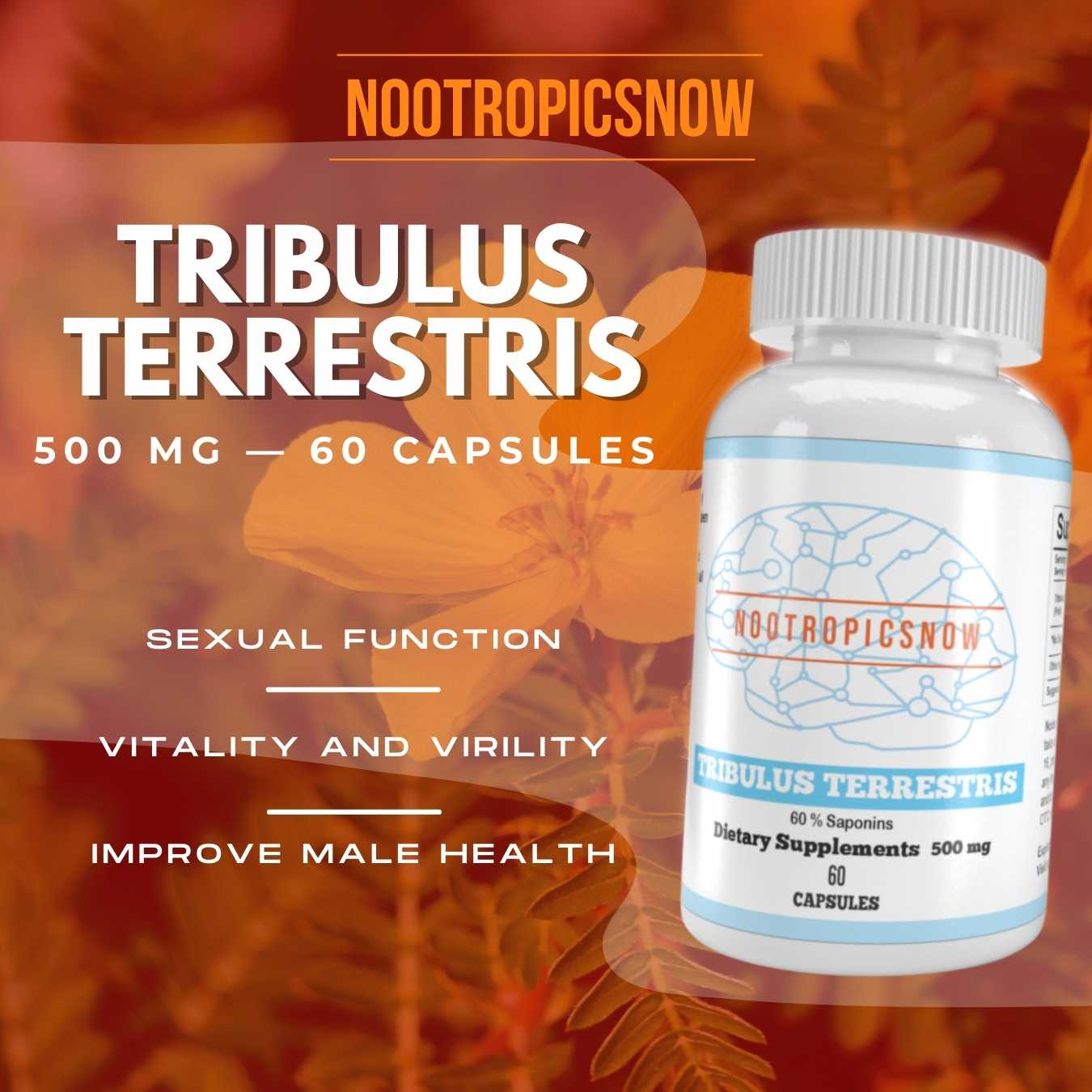Testosterone Peak: What to Expect

Peak of Testosterone: Understanding the Hormone’s Life Cycle
Testosterone, a primary sex hormone, significantly impacts male development, muscle mass, bone density, mood, and libido. Therefore, understanding its production, peak levels, and eventual decline is crucial for men’s health. This section provides a comprehensive overview of the testosterone life cycle, focusing on peak periods, factors influencing levels, and strategies to maintain healthy testosterone.
Testosterone: A Lifelong Journey
Testosterone production is not a static process; instead, it varies considerably throughout a man’s life. From fetal development to old age, testosterone levels fluctuate due to various physiological and environmental factors. Therefore, knowledge of these changes is essential for proactive health management.
Prenatal Development: The Foundation
Testosterone production begins surprisingly early, around the seventh week of gestation. At this stage, the fetal testes start producing testosterone, which is critical for the development of male reproductive organs and the masculinization of the brain. Furthermore, these early surges help establish male characteristics, laying the hormonal groundwork for future development. Consequently, adequate testosterone levels during prenatal development are vital for healthy male development.
Infancy: A Mini-Puberty
Following birth, baby boys experience a brief period of heightened testosterone production, often referred to as “mini-puberty,” occurring between three and six months of age. This surge, though temporary, is believed to play a role in further development of the male reproductive system. Afterwards, testosterone levels decline significantly, remaining relatively low throughout childhood until the onset of puberty. Indeed, this early surge underscores the hormone’s importance even in infancy.
Childhood: A Period of Dormancy
During childhood, testosterone levels remain low but stable. Although the adrenal glands produce small amounts of androgens, these are insufficient to cause significant masculinization. Thus, the body prepares for the major hormonal shift that will occur during puberty.
Puberty: The Ascent to Peak
Puberty marks the beginning of a significant surge in testosterone production. Gonadotropin-releasing hormone (GnRH) released from the hypothalamus stimulates the pituitary gland to produce luteinizing hormone (LH) and follicle-stimulating hormone (FSH). Subsequently, LH stimulates the Leydig cells in the testes to produce testosterone. This surge initiates a cascade of changes, including:
These dramatic changes typically occur between the ages of 12 and 16, transforming boys into men. Consequently, puberty is a critical period for establishing secondary sexual characteristics and overall physical development.
The Peak Window
Testosterone levels generally peak in late adolescence and early adulthood, typically between the ages of 18 and 19. During this period, men experience maximum muscle mass, bone density, and sexual function. Therefore, this peak window is considered the optimal period for physical performance and reproductive capability. However, the exact timing of peak testosterone levels can vary slightly from individual to individual, depending on genetic and environmental factors.
Adulthood: Maintaining the High
During adulthood, maintaining optimal testosterone levels is vital for overall health and well-being. Testosterone plays several crucial roles in adult men, including:
Maintaining healthy testosterone levels through lifestyle modifications, such as regular exercise, a balanced diet, and adequate sleep, is essential during adulthood. Consequently, a proactive approach to health can help men sustain their peak testosterone levels for longer.
For those looking for an extra boost, supplements like those from Natural Peak Nutrition may help support healthy testosterone levels.

View Product
The Inevitable Decline: Andropause
After the peak, testosterone levels gradually decline, typically starting around age 30. This decline, often referred to as andropause or “male menopause,” occurs at a rate of approximately 1% per year. Subsequently, as men enter their 40s and 50s, the effects of declining testosterone may become more noticeable. Common symptoms of low testosterone include:
Consequently, men experiencing these symptoms should consult a healthcare professional to assess their testosterone levels and discuss potential treatment options.
Factors Influencing Testosterone Levels
Various factors can influence testosterone levels throughout a man’s life. Understanding these factors can help men take proactive steps to maintain optimal hormonal health.
Lifestyle Factors
Medical Conditions
Certain medical conditions can negatively impact testosterone production. These include:
Consequently, managing these medical conditions is essential for optimizing testosterone levels.
Environmental Factors
Exposure to certain environmental toxins can also disrupt hormone function. These include:
Measuring Testosterone Levels: A Guide
Accurate measurement of testosterone levels is crucial for diagnosing and managing hormone imbalances. Here’s a comprehensive guide to understanding testosterone testing:
Types of Testosterone Tests
Importance of Timing
Testosterone levels fluctuate throughout the day, following a diurnal rhythm. Therefore, it’s crucial to have your testosterone levels checked in the morning, between 8:00 AM and 9:00 AM, to get the most accurate reading.
Interpretation of Results
Normal testosterone levels vary depending on the laboratory and the specific test used. Generally, normal total testosterone levels range from 300 to 1,000 ng/dL. However, it’s essential to discuss your results with a healthcare professional, as they can interpret your levels in the context of your age, symptoms, and overall health.
Strategies to Maintain Healthy Testosterone Levels
While some decline in testosterone is inevitable with age, there are several strategies you can employ to maintain healthy levels and minimize the impact of andropause.
Lifestyle Modifications
Supplements and Medications
Regular Monitoring
Regularly monitoring your testosterone levels with a healthcare professional can help you track changes over time and make adjustments to your lifestyle or treatment plan as needed. This proactive approach can help you maintain optimal hormonal health throughout your life.
By understanding the life cycle of testosterone, factors influencing its levels, and strategies to maintain healthy production, men can take proactive steps to optimize their hormonal health and overall well-being. Regular check-ups with a healthcare provider, coupled with a healthy lifestyle, can help men maintain their peak testosterone levels for as long as possible and minimize the impact of age-related decline.
Factors Influencing Testosterone Peak and Levels
Many elements impact the peak of testosterone and its levels, spanning from genetics to lifestyle. Understanding these factors empowers individuals to optimize their hormonal health.
Genetic Predisposition
Genetics significantly influence testosterone production and sensitivity. Some individuals are naturally predisposed to higher or lower testosterone levels due to variations in genes related to hormone production and receptor function. For instance, variations in the SRD5A2 gene, which encodes an enzyme involved in converting testosterone to dihydrotestosterone (DHT), can affect androgenic effects. Moreover, the androgen receptor gene (AR) contains variations that influence how effectively testosterone binds to its receptor, impacting muscle growth, libido, and other androgen-dependent processes. Therefore, if your family history includes individuals with hormonal imbalances, you might be more susceptible to similar issues.
Lifestyle Factors
Lifestyle choices have a profound impact on testosterone levels. These choices include diet, exercise, sleep patterns, and stress management.
Diet
A balanced diet rich in essential nutrients is vital for maintaining optimal testosterone levels. Specifically, adequate intake of zinc, vitamin D, and healthy fats is crucial. Zinc, found in foods like oysters, beef, and pumpkin seeds, is essential for the production of luteinizing hormone (LH), which stimulates testosterone synthesis in the testes. Vitamin D, primarily obtained through sunlight exposure or supplementation, also plays a role in testosterone production. Furthermore, healthy fats, such as those found in avocados, nuts, and olive oil, provide the building blocks for hormone synthesis.
Conversely, diets high in processed foods, sugar, and unhealthy fats can negatively impact testosterone levels. Excessive sugar consumption can lead to insulin resistance, which can impair testosterone production. Processed foods often contain endocrine-disrupting chemicals that interfere with hormone synthesis and receptor function. Similarly, diets high in trans fats and saturated fats can contribute to inflammation and hormonal imbalances.
Exercise
Regular physical activity, particularly resistance training, is one of the most effective ways to boost testosterone levels naturally. Resistance training, such as weightlifting, stimulates muscle growth and increases testosterone production. Compound exercises that engage multiple muscle groups, like squats, deadlifts, and bench presses, are particularly effective. High-intensity interval training (HIIT) has also been shown to increase testosterone levels, albeit temporarily.
However, it’s essential to avoid overtraining, as excessive exercise without adequate recovery can lead to a decrease in testosterone levels. Overtraining can increase cortisol levels, a stress hormone that can inhibit testosterone production. Therefore, incorporating rest days and prioritizing recovery is crucial for maximizing the benefits of exercise on testosterone levels.
Sleep
Adequate sleep is essential for hormonal regulation, including testosterone production. During sleep, the body undergoes various restorative processes, including hormone synthesis. Studies have shown that sleep deprivation can significantly decrease testosterone levels. For instance, one study found that men who slept only five hours per night for one week experienced a 10-15% reduction in testosterone levels.

View Product
Aiming for 7-9 hours of quality sleep per night is crucial for maintaining optimal testosterone levels. Creating a consistent sleep schedule, optimizing sleep hygiene (e.g., creating a dark, quiet, and cool sleep environment), and avoiding stimulants like caffeine before bed can improve sleep quality and support healthy testosterone production.
Stress Management
Chronic stress can have a detrimental effect on testosterone levels. When the body experiences stress, it releases cortisol, a stress hormone that can inhibit testosterone production. High levels of cortisol can also interfere with the hypothalamic-pituitary-gonadal (HPG) axis, the hormonal pathway that regulates testosterone synthesis.

View Product
Effective stress management techniques, such as meditation, yoga, deep breathing exercises, and spending time in nature, can help lower cortisol levels and support healthy testosterone production. Additionally, engaging in enjoyable activities and building strong social connections can help buffer the effects of stress on hormonal health.
Medical Conditions and Medications
Certain medical conditions and medications can also influence testosterone levels. Conditions such as obesity, type 2 diabetes, and metabolic syndrome are often associated with lower testosterone levels. Obesity, in particular, can lead to increased aromatization of testosterone to estradiol (estrogen), further reducing testosterone levels.
Certain medications, such as opioids, corticosteroids, and some antidepressants, can also interfere with testosterone production. Opioids, for instance, can suppress the release of gonadotropin-releasing hormone (GnRH) from the hypothalamus, leading to decreased LH and FSH secretion, which ultimately reduces testosterone production.
Addressing underlying medical conditions and discussing potential medication side effects with a healthcare provider is essential for managing testosterone levels effectively.
Maintaining Healthy Testosterone Levels After the Peak
After testosterone peaks in early adulthood, maintaining healthy levels becomes crucial for long-term health and well-being. While a gradual decline is natural, proactive measures can help mitigate the effects of aging and lifestyle factors.
Regular Monitoring
Regular check-ups with a healthcare provider are essential for monitoring testosterone levels and identifying any potential issues early on. Testosterone levels can be measured through a blood test, which assesses total testosterone, free testosterone, and other relevant hormones. Based on the results, a healthcare provider can recommend appropriate interventions, such as lifestyle modifications or hormone replacement therapy (HRT).
Lifestyle Adjustments
Continuing to prioritize a healthy lifestyle is key to maintaining testosterone levels after the peak. This includes:
Maintaining a Healthy Weight
Obesity is a significant risk factor for low testosterone. Losing excess weight through a combination of diet and exercise can help improve testosterone levels. Focus on consuming a balanced diet rich in whole foods, lean proteins, healthy fats, and complex carbohydrates.
Regular Exercise
Continue engaging in regular physical activity, including resistance training and cardiovascular exercise. Resistance training helps stimulate muscle growth and testosterone production, while cardiovascular exercise improves overall health and reduces the risk of chronic diseases.
Prioritizing Sleep
Ensure you’re getting 7-9 hours of quality sleep per night. Poor sleep can disrupt hormonal balance and negatively impact testosterone levels. Establish a consistent sleep schedule and optimize your sleep environment.
Stress Management
Practice effective stress management techniques to lower cortisol levels and support healthy testosterone production. Incorporate activities like meditation, yoga, or spending time in nature into your daily routine.
Supplementation
Certain supplements may help support healthy testosterone levels, although it’s essential to consult with a healthcare provider before starting any new supplement regimen. Some commonly used supplements include:
Vitamin D
Vitamin D deficiency is common and can contribute to low testosterone levels. Supplementing with vitamin D can help improve testosterone levels, particularly in individuals who are deficient.
Zinc
Zinc is essential for testosterone production and may help improve levels in individuals with zinc deficiency.
D-Aspartic Acid (DAA)
DAA is an amino acid that may help boost testosterone levels by stimulating the release of LH and GnRH.
Tribulus Terrestris

View Product
Tribulus Terrestris is a herbal supplement that has been traditionally used to enhance libido and improve testosterone levels. However, scientific evidence supporting its effectiveness is mixed.
Hormone Replacement Therapy (HRT)
In some cases, lifestyle modifications and supplementation may not be enough to restore testosterone levels to an optimal range. In such instances, hormone replacement therapy (HRT) may be considered. HRT involves administering exogenous testosterone to increase testosterone levels. HRT can be administered through various methods, including injections, gels, patches, and oral medications.
However, HRT is not without risks and potential side effects, including:
Therefore, HRT should only be considered under the guidance of a healthcare provider after a thorough evaluation of the potential benefits and risks. Furthermore, regular monitoring is essential to ensure HRT is safe and effective.
Addressing Underlying Medical Conditions
Underlying medical conditions, such as obesity, type 2 diabetes, and metabolic syndrome, can contribute to low testosterone levels. Addressing these conditions through lifestyle modifications and medical management can help improve testosterone levels and overall health. For instance, managing blood sugar levels in individuals with type 2 diabetes can help restore hormonal balance and improve testosterone production.
Conclusion
The peak of testosterone typically occurs in late adolescence to early adulthood, and maintaining healthy levels thereafter is crucial for long-term health and well-being. While a gradual decline in testosterone is natural with aging, lifestyle modifications, supplementation, and, in some cases, hormone replacement therapy can help mitigate the effects of aging and maintain optimal testosterone levels. Regular monitoring with a healthcare provider is essential for identifying any potential issues early on and developing an individualized management plan. By prioritizing a healthy lifestyle and addressing any underlying medical conditions, individuals can support healthy testosterone levels and maintain their vitality and quality of life as they age.


